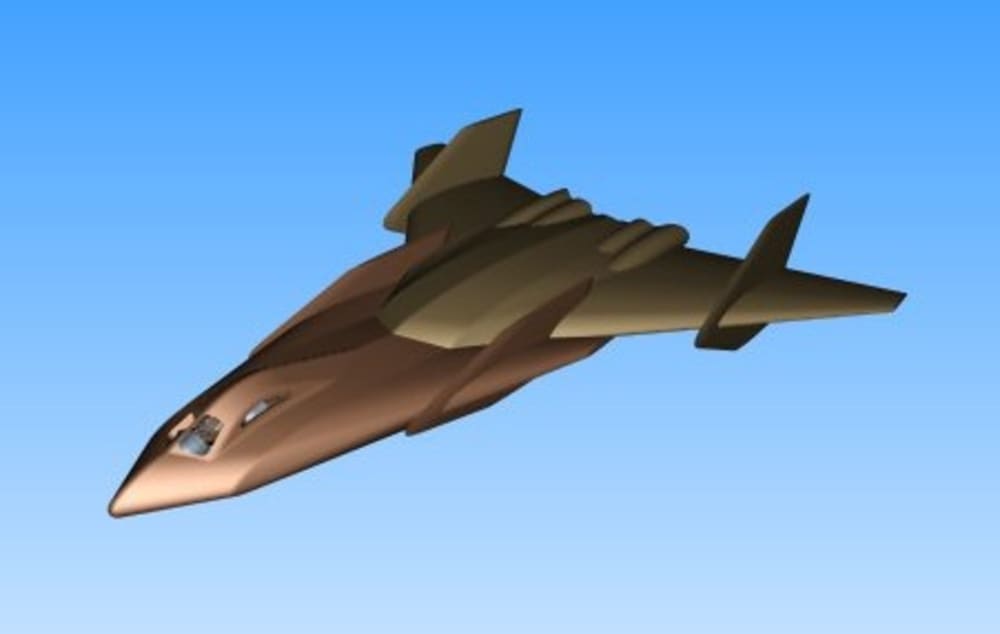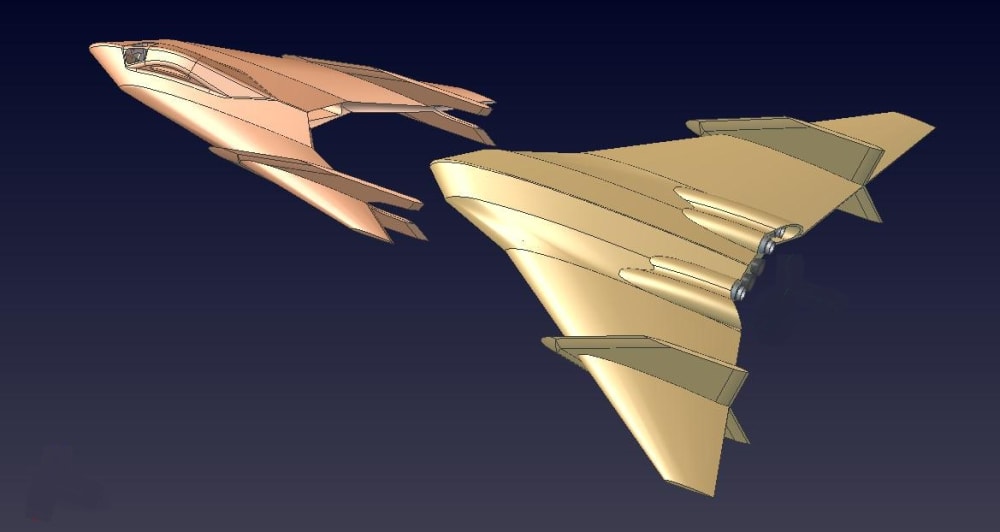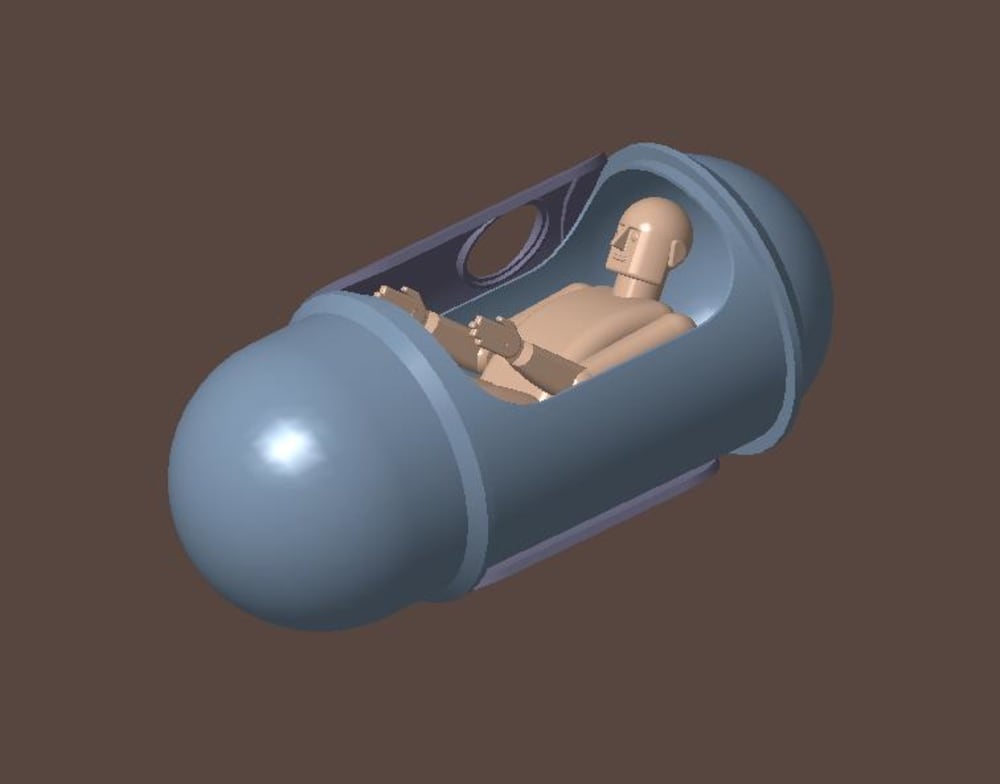Today marks a new era of space commerce. In the 1930s the DC3 enabled effective commercial air services. What will mark a comparable step in this era of space enterprise?
Aircraft that fly from a runway can reach space. Scaled Composites and Orbital Sciences Corporation have demonstrated this. Space tourism favors the comfort and confidence of runway operations. Captain Chesley "Sully" Sullenberger recently showed us how wings offer landing alternatives during a crisis.
Optimizing these designs will require unique aircraft types. Blended wing bodies are now being considered for structural and aerodynamic advantages. Horizontally launched spacecraft must lift high payloads with low drag and minimal wings. They are ideal candidates for efficient wing body configurations.
Orbital applications would require a second stage. Most proposals are penalized by drag from piggy back staging concepts. Many vertical launchers place stages in a linear stack, and this can also be done on a spaceplane. The second stage may contribute the lift enhancement vortex seen in leading edge strake designs.
Take off will stress the cantilevered structure, so fins on the second stage are proposed to offer hard points for the vehicle union. In flight the lift generated by both craft should reduce these stress issues. This will offer superior comfort for passengers over the violent ride of a vertical takeoff.
A high aspect ratio first stage offers comfortable subsonic climb on air breathing engines. This fly-back booster can be an autonomous UAV to save mass at lift off. It would be under the command of the crew vehicle flight controls until separation. Its air breathing engines can be further boosted by hybrid rockets for greater altitude and staging speed. Drag is reduced at this altitude as the atmosphere is thinning.
Regular civilian flights to space “hotels” will demand more attention to comfort and safety. Hybrid rockets use stable fuels that are not toxic or volatile threats to spaceport operations. Leaving the ground under conventional jet power places the vehicles far from populations during orbital insertion. Individual passenger capsules provide emergency atmosphere without pressure suits. Few HTOL vehicles have considered crew escape for emergency situations. By using a manned upper stage and an unmanned fly-back booster, escape by separation is an option for the manned second stage vehicle.
Both vehicles may use full flying elevons to induce a “jack-knife” attitude for reentry. TGV Rockets offers a bolt on heat shield technology that may serve the industry well for heat shielding. Jet engines are protected during reentry by a closable engine inlet. They offer cross range potential to the unmanned booster if a spaceport is closed by weather conditions. The passenger stage will also have fuel reserves for additional flight rather than an un-powered glide to the runway.
Now is the time to begin developing the next generation of reusable spacecraft. LEAP is our offering for the next generation of high rate launch services. All of these technologies are available today. We are now fabricating prototypes for proof of concept flights.
Like this entry?
-
About the Entrant
- Name:David Luther
- Type of entry:individual
- Hardware used for this entry:Gateway NV52 LaptopSoftware used for this entry:Alibre 3D CAD
- Patent status:none








